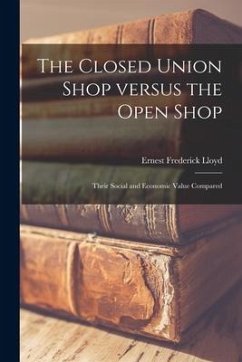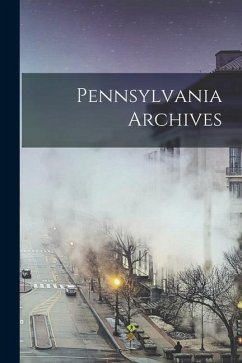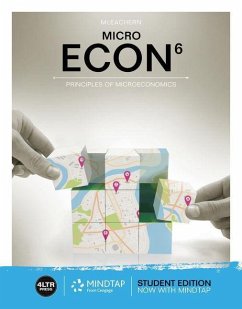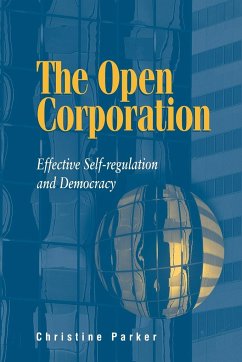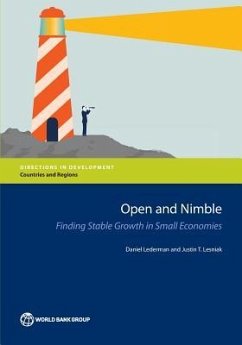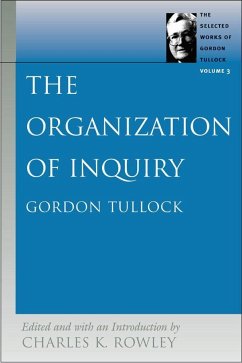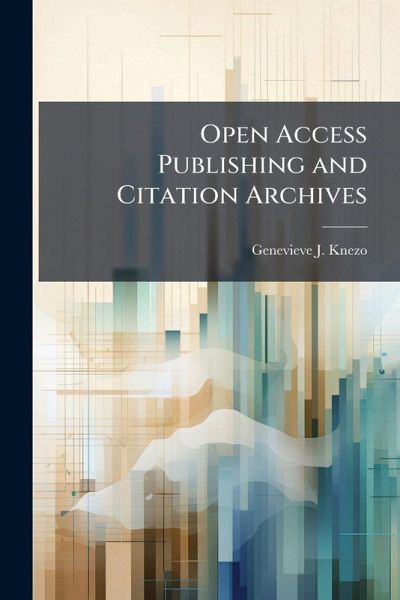
Open Access Publishing and Citation Archives

PAYBACK Punkte
8 °P sammeln!
Controversies about open access publishing and archiving confront issues of copyright and governmental competition with the private sector. Traditional publishers typically charge readers subscriber fees to fund the costs of publishing and distributing hard-copy and/or online journals. In contrast, most open access systems charge authors publication fees and give readers free online access to the full text of articles. Supporters of the open access "movement" object to the rising costs of journal subscriptions; share peer reviewers' reluctance to do free reviews for journals rapidly escalating...
Controversies about open access publishing and archiving confront issues of copyright and governmental competition with the private sector. Traditional publishers typically charge readers subscriber fees to fund the costs of publishing and distributing hard-copy and/or online journals. In contrast, most open access systems charge authors publication fees and give readers free online access to the full text of articles. Supporters of the open access "movement" object to the rising costs of journal subscriptions; share peer reviewers' reluctance to do free reviews for journals rapidly escalating in price; and believe that scientific collaboration, advancement, and utilization will be hastened by free access to information. Traditional subscriber-pays commercial publishers and some scholarly associations object to most open access publishing because it may weaken the publishing industry and erode profits. Critics seek to limit free government-run repositories only to articles and citations from federally sponsored research; others oppose fees in the thousands of dollars charged to authors to pay the costs of publishing articles or view as unreliable foundation donations that sustain some open access activities. This work has been selected by scholars as being culturally important, and is part of the knowledge base of civilization as we know it. This work was reproduced from the original artifact, and remains as true to the original work as possible. Therefore, you will see the original copyright references, library stamps (as most of these works have been housed in our most important libraries around the world), and other notations in the work. This work is in the public domain in the United States of America, and possibly other nations. Within the United States, you may freely copy and distribute this work, as no entity (individual or corporate) has a copyright on the body of the work. As a reproduction of a historical artifact, this work may contain missing or blurred pages, poor pictures, errant marks, etc. Scholars believe, and we concur, that this work is important enough to be preserved, reproduced, and made generally available to the public. We appreciate your support of the preservation process, and thank you for being an important part of keeping this knowledge alive and relevant.



![Prize List of the Eastern Townships Agricultural Association [microform]: First Annual Exhibition Open to the World, to Be Held on the Association Gro Cover Prize List of the Eastern Townships Agricultural Association [microform]: First Annual Exhibition Open to the World, to Be Held on the Association Gro](https://bilder.buecher.de/produkte/66/66114/66114777n.jpg)
